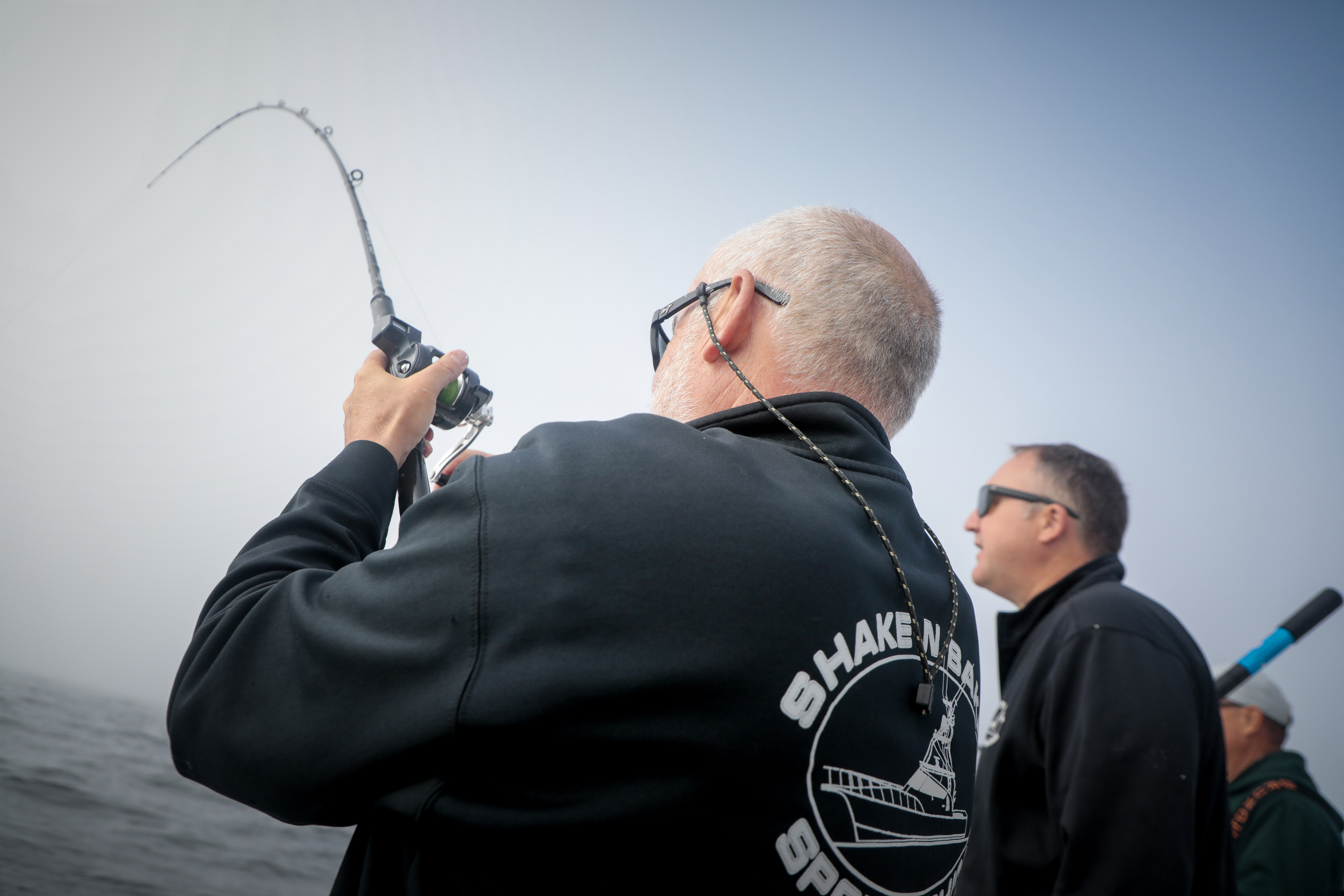Saints or Sinners? Characters of Pacific County: Pacific County’s ‘First Lady’
Published 9:17 am Wednesday, January 10, 2024

- Cape Flattery Lighthouse with buildings on cliff and Makah tribal community on beach on Tatoosh Island in the 1890s. Jane Adams and her husband were keepers there following her time in Pacific County.
Jane Adams (1821 or 1822? to 1897 or 1901?)
Jane Belknap Fiester arrived in Pacific County in 1849 — the first white woman to settle here. As the years went by, she was often referred to as “Pacific County’s First Lady.” Although the title implies glamour and prestige, Jane’s story is, instead, one of hardship and deprivation.
She had left her Illinois home with her husband Henry Fiester and his brother Dan’s family in 1847. Never strong, she began the journey across the Oregon Trail on a bed in the oxen-drawn wagon. Then, in the mountains of eastern Oregon, their yoke of oxen was stolen, forcing them to pack their necessities and Dan Fiester’s three children on his mare, the four adults proceeding on foot. At the summit of the Cascades, Jane was struck with “camp fever” (probably scurvy); she sent the rest on saying she’d catch up when she could.
Happily, that proved to be just two miles farther along. Exactly six months to the day from the time she had begun her journey, Jane entered the first house she’d seen in all that time. There she collapsed and lay sick for the next two months.
Unhappily, Jane and Henry’s tribulations were far from over. They selected a piece of land near Aurora, Oregon, but just as their improvements were leading toward dreams of a rosy future, fire destroyed their home and nearly everything was lost. They then decided to head south and try their luck in the California gold fields. At Salem, however, their wagon and team plunged through a broken bridge, scattering their belongings into the river below and throwing Jane into a mud hole.
A crowd soon gathered and helped them out of their dilemma. “Going to the gold mines? How’s this for a beginning?” asked one. With her response, the dripping, mud-covered Jane showed the spunk and humor that undoubtedly carried her through the many difficult times of her long life: “Nothing, when you get used to it!”
Unfortunately, the group’s travel experiences did not improve, nor were they successful in the Gold Country where, as winter approached, both Jane and her husband Henry sickened. They returned to Oregon — this time by sea from San Francisco. Also aboard was Elijah White who offered them two lots in his newly developing Pacific City north of the Columbia River. They arrived in December 1849.
Henry, however, lacked the necessary experience and skills to build an appropriate house or secure food for the winter, even though game and fish were plentiful. John Edmonds Pickernell, who lived with his family on a Donation Land Claim nearby, came to their rescue. At first, Pickernell provisioned them for the winter, and then began helping Henry learn the survival skills necessary to begin life in this wilderness area.
In October 1851, Henry took out his own Donation Land Claim near the source of the Wallicut River, less than a mile from their friend Pickernell’s cabin. The timing seemed providential when, just four months later, on Feb. 26, 1852, the Fiesters and all other property owners in White’s Pacific City, were notified by federal authorities to vacate the premises. The 640 acres had been reserved for a military reservation and White’s Pacific City was no more!
In the fall of 1853 Henry was elected the first representative from Pacific County to serve in the new Washington Territorial Legislature. He was the third man chosen for this important position, the first two having died before reaching Olympia. But Henry felt confident. He did, in fact, reach the capital successfully and was duly sworn into office, only to die that very night at a celebratory dinner.
Jane would marry twice more — first to Capt. John Vail who had cared for Henry Fiester in his last moments, brought the sad news to the unsuspecting widow, and soon became a suitor for her hand. Following his death in 1862 (when his gun accidentally discharged as he climbed through a fence) Jane married John Adams. Jane and John became lighthouse keepers at Cape Flattery until his death in 1890 when Jane went to live with her sister-in-law, Minnie, at South Bay near Olympia.
There she died, the day after Christmas, 1901, although the birth and death dates on her tombstone seem to be in conflict with information provided by her good friends, by the 1830 and 1900 Federal Censuses, and by the Morning Olympian obituary listing for Sunday, Dec. 29, 1901. But then, Jane Belknap Fiester Vail Adams did live in an era when a true lady never told her age!









